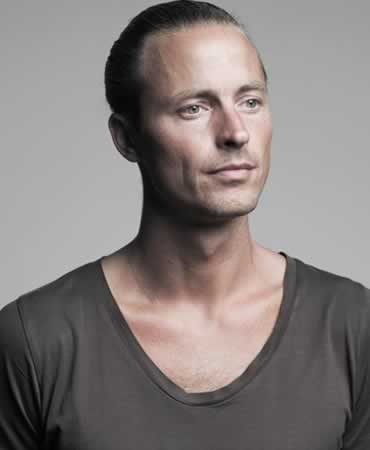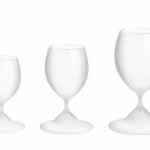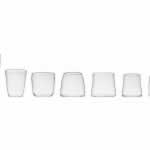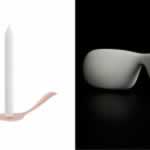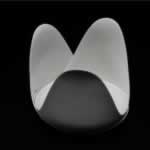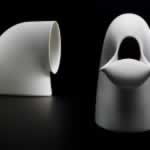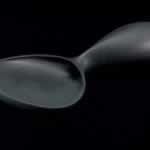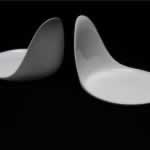Aldo Bakker
Aldo Bakker (1971) is a designer who fights the spirit of the time: almost all his designs, whether it is glass-line (1998), Saliera (2007), side table (2008), or Jug + Cup ( 2011), are notable for their refusal to challenge the fashion or spirit of the time. Not to mention being able to classify it from the surrounding world – those who see Bakker’s drawings for the first time, often wonder what their purpose is. This challenge is important for Bakker, a self-taught person who loves to follow his own path.
It is immediately clear that Bakker loves essentiality; the only son of the legendary Emmy van Leersum and Gijs Bakker, who revolutionized Dutch design with their futurist-shaped jewelry collection in the 1970s, Aldo never had any doubts about his destiny as a designer, but his work immediately took a different direction, very distant from the exuberance of the new conceptual school, to which his father has so strongly contributed, with the foundation of the collective Droog design and training at the Design Academy of Eindhoven more than one generation of designers of international renown today.
The objects that Aldo designs are at the same time very simple and extremely complicated: objects with essential but not elementary shapes, with smooth and convex surfaces that can hide unexpected cavities. Difficult to locate objects: for the plastic qualities they evoke sculpture, for the technical qualities the tool and for the preciousness of the materials and workmanship the jewel. Aldo Bakker’s objects play on the frontier between figurative and abstract: if on the one hand they indicate a search for absolute form and aesthetic perfection, on the other they arouse unexpected organic resonances, evoking vaguely vegetable or animal profiles. Many critics have approached these forms smooth and rounded, sinuous and at the same time pure, to Brancusi’s sculptures; With a smile, Bakker does not rule out this closeness, but pauses to explain the importance of the original convergence between form, material and use that he developed after years of trying and studying.
Independence is a fundamental value for Aldo Bakker who, while regularly collaborating with prestigious publishers, claims the freedom of research that escapes market imperatives. Independence is not only linked to a demanding ethical positioning, but it is also the goal that the designer tries to achieve with the creation of his objects. Upon careful observation, the enigmatic forms of Bakker’s objects hide surprises: to those who take them in hand and explore their ergonomics, they reveal unexpected functions, cause unprecedented gestures, yet always deeply “natural”, such as prodigious Salt Cellar (2007) in black porcelain, which is at the same time spoon and salt shaker.
All these objects require an experience, a contact, a knowledge that is made over time, with the aim, rather than to exercise a use, to discover the essence of an original gesture. “Sitting, pouring, containing, are all gestures that define the human”, says Bakker: “with my objects I want to create a state of awareness”. Through a multiplicity of vases, containers, jugs, tureens, he has for example explored the thousand facets of an essential gesture such as pouring a liquid – arriving at paradoxical solutions, such as the slender watering can or copper jug of 2014, in which the liquid flows into the handle before exiting the beak. In the same way, the conception and production of each object is the result of a long journey, which can last for years, and which is accomplished as a slow process of knowledge, or, as Bakker explains, of “frequenting and understanding a form”.
